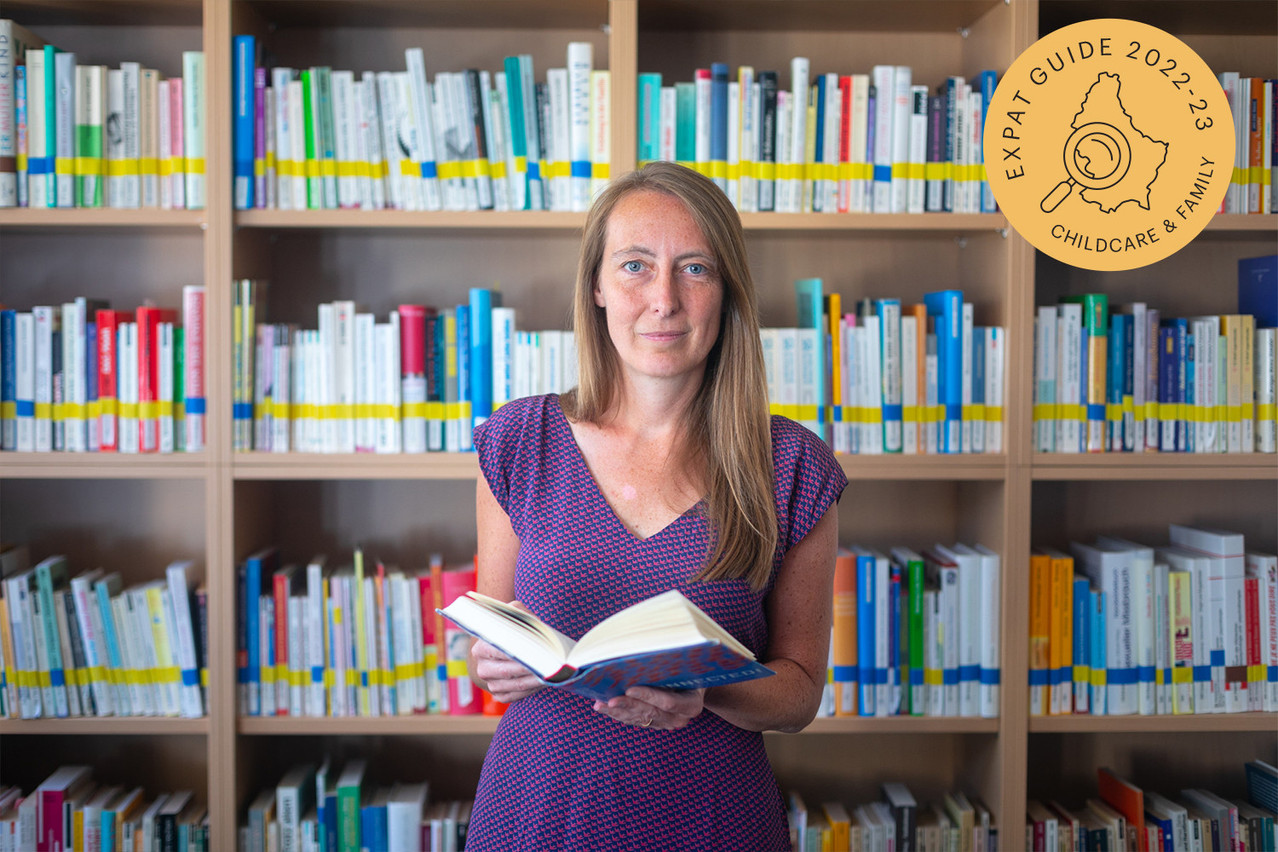The last years have , nor on youngsters: in 2021, KJT recorded 1,747 contacts on its assistance lines, representing a +9.3% year-on-year rise. The bulk of callers tended to be in the 10-to 12-year-old range, followed by the 13- to 15-year-old age bracket. On average, the hotline receives just over 35 calls per month.
Problems facing youth can range from bullying to mental health issues and anxiety. According to Hartz, mental healh is the main reasons youngsters reach out to them. “Very often, they speak about fears, self-confidence, sometimes depressive moods, and they struggle with peers sometimes too.”
Such issues are also amplified through social media, as the youngers make comparisons to their peers. Social media also makes impressions quantifiable, Hartz adds, as they may question why one photo received more ‘likes’ or hearts over another one. “It has quite an impact on them,” the psychologist adds.
And, while bullying has always existed, now it’s both off- and online--”this means that youngsters don’t have a safe place anymore”.
Given the range of issues youngsters are facing, of course, there isn’t a one-size-fits-all tip.
“That’s what volunteers always want to know,” says Hartz. “The most common advice we give is to always show your availability to your children, that you’re there, that you’re caring, that you’re listening.”
If timing isn’t right, don’t insist, she adds. Try again later.
offers not just its youth hotline, but also offers online help and chat services. It also runs the Elterentelefon (parents’ hotline), where parents and guardians can get more customised advice.
